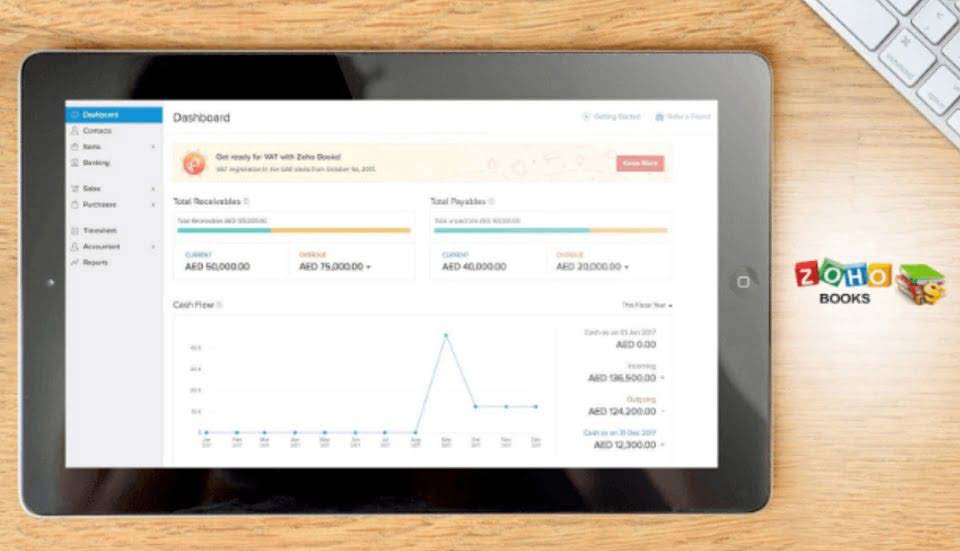
This is how we can find the total cost from the marginal cost. If marginal costs are plotted on a graph, the curve would be “U-shaped,” as costs gradually shift downward once production volume increases. Professionals working in a wide range of corporate finance roles calculate the incremental cost of production as part of routine financial analysis.

Currently working as a consultant within the financial services sector, Paul is the CEO and chief editor of BoyceWire. He has written publications for FEE, the Mises Institute, and many others. This might be in order to get rid of stock that is going out of date, or, to attract customers to purchase cheap goods. Whilst in the store, the idea is that they would also purchase other products that offer the firm a profit. Take your learning and productivity to the next level with our Premium Templates.
How to calculate the marginal cost
Marginal cost refers to the additional cost to produce each additional unit. Therefore, that is the marginal cost – the additional cost to produce one extra unit of output. In the first year of business, his total costs amount to $100,000, which include $80,000 of fixed costs and $20,000 of variable costs. As we can see from the marginal cost curve below, marginal costs start decreasing as the company benefits from economies of scale. However, marginal costs can start to increase as companies become less productive and suffer from diseconomies of scale. It is at this point where costs increase and they eventually meet marginal revenue.

This might be as a result of the firm becoming too big and inefficient, or, a managerial issue where staff becomes demotivated and less productive. Whatever the reason, firms may face rising costs and will have to stop production when the revenue they generate is the same as the marginal cost. Consider the warehouse for a manufacturer of landscaping equipment. The warehouse has capacity to store 100 extra-large riding lawnmowers. The margin cost to manufacture the 98th, 99th, or 100th riding lawnmower may not vary too widely. However, manufacturing the 101st lawnmower means the company has exceeded the relevant range of its existing storage capabilities.
Calculating Marginal Cost using Calculus
On the other hand, average cost is the total cost of manufacturing divided by total units produced. The average cost may be different from marginal cost, as marginal cost is often not consistent from one unit to the next. Marginal cost is reflective of only one unit, while average cost often reflects all unit produced. Imagine a company that manufactures high-quality exercise equipment. The company incurs both fixed costs and variable costs, and the company has additional capacity to manufacture more goods.
This marginal cost calculator helps you calculate the cost of an additional units produced. Marginal cost is the change in cost caused by the additional input required to produce the next unit. It may vary with the number of products provided by the company. Marginal cost is important because it helps businesses make informed decisions about production levels. By understanding the additional cost of producing one more unit, a business can determine the optimal production level to maximize profit or minimize costs. A Marginal Cost Calculator is a financial tool used by businesses to analyze the additional cost incurred when producing one more unit of a product or providing one more service.
Recent Calculators
However, there comes a point in the production process where a new fixed cost is needed in order to expand further. In turn, this has an impact on the final cost and decision to expand. Marginal cost focuses on the cost of one additional unit, while average cost looks at the cost per unit over the entire production. how is marginal cost (mc) calculated? No, while both relate to costs of production, marginal cost specifically measures the cost of producing one more unit. Marginal cost is often graphically depicted as a relationship between marginal revenue and average cost. Marginal cost includes all of the costs that vary with that level of production.
- So variable costs often increase in tandem, but are not the only component.
- Mathematically it can be expressed as ΔC/ΔQ, where ΔC denotes the change in the total cost and ΔQ denotes the change in the output or quantity produced.
- Therefore, variable costs will increase when more units are produced.
- At the same time, the number of goods produced and sold increases by 25,000.
- Therefore, the change in quantity would be the new quantity produced (120), minus the old quantity produced (100).
The marginal cost curve is given below for your better understanding. Understanding and calculating marginal costs is a crucial process in business decision-making. Always keep in mind that while the concept of marginal cost seems simple, it can have a profound impact on the overall success of your business operations. As we can see, fixed costs increase because new equipment is needed to expand production. Variable costs also increase as more staff and raw materials are needed. At the same time, the number of goods produced and sold increases by 25,000.
